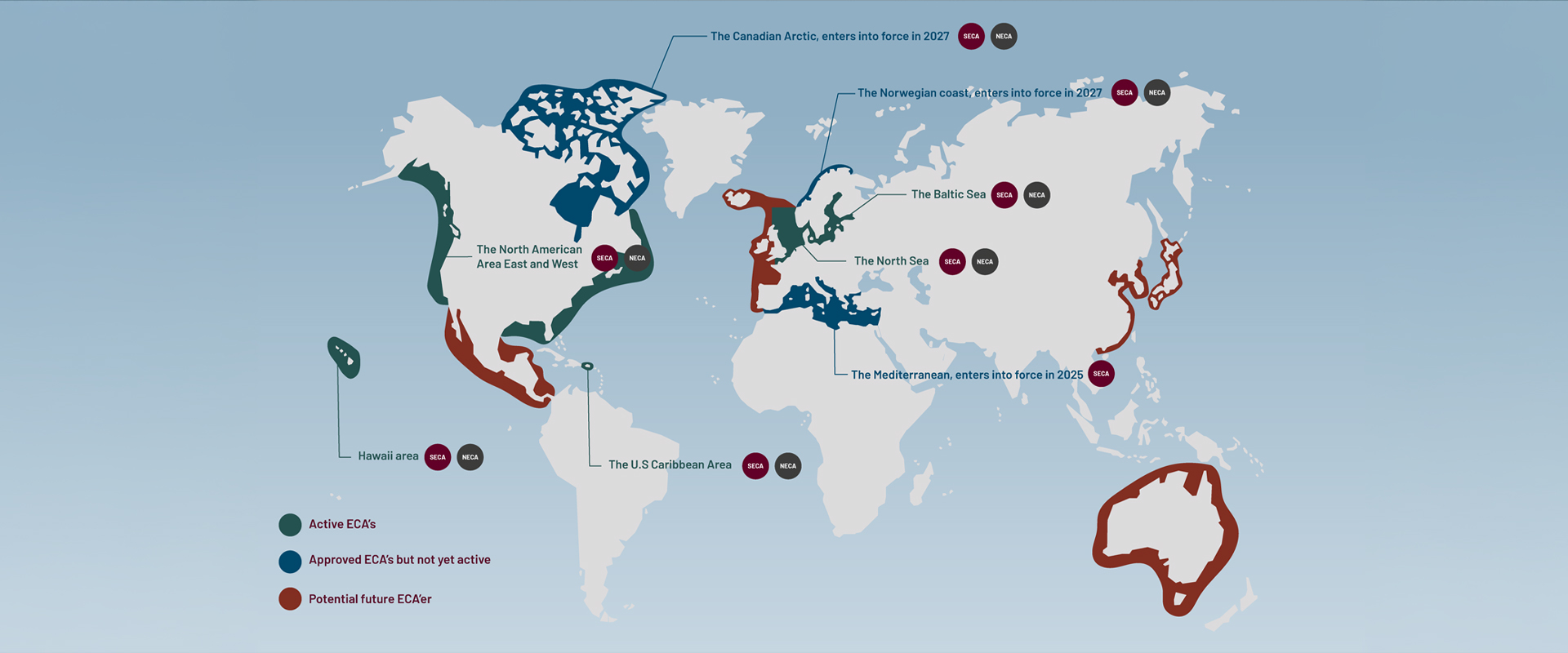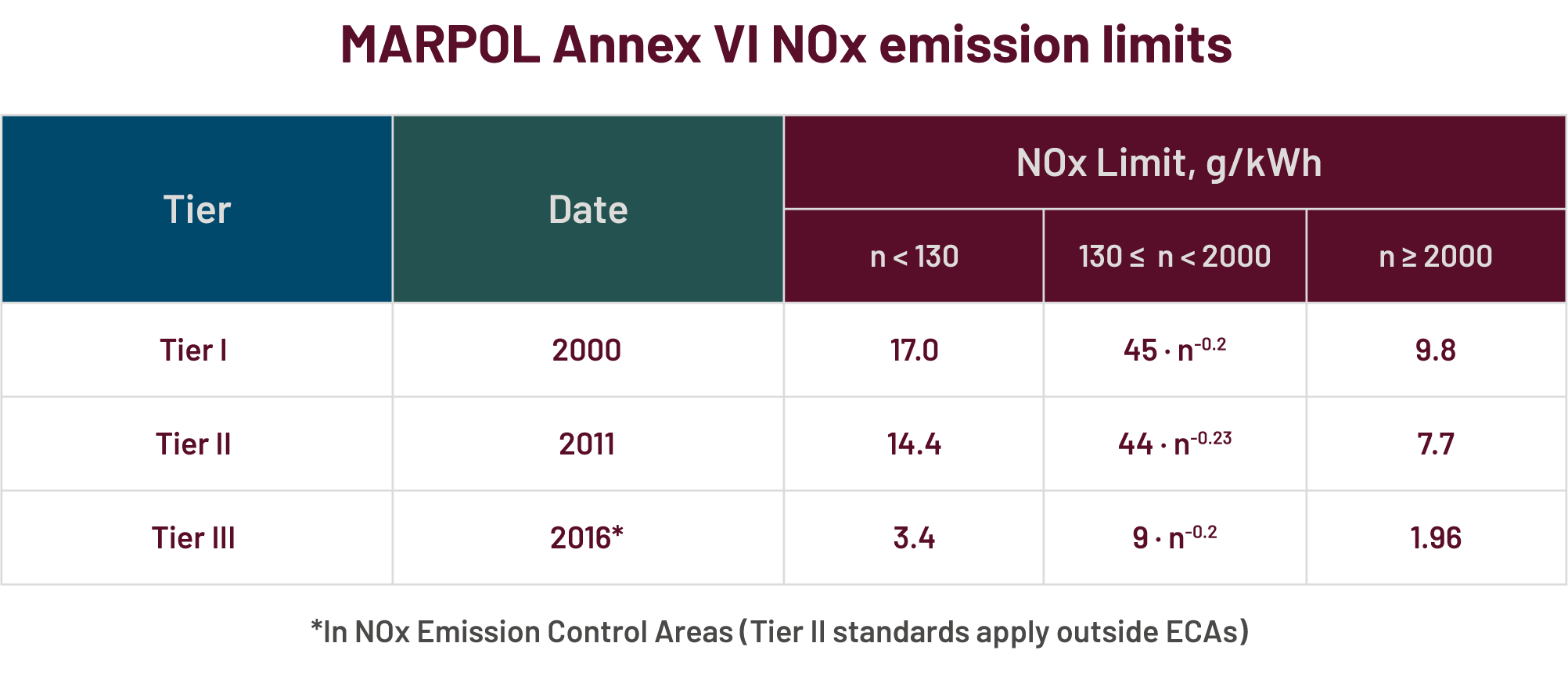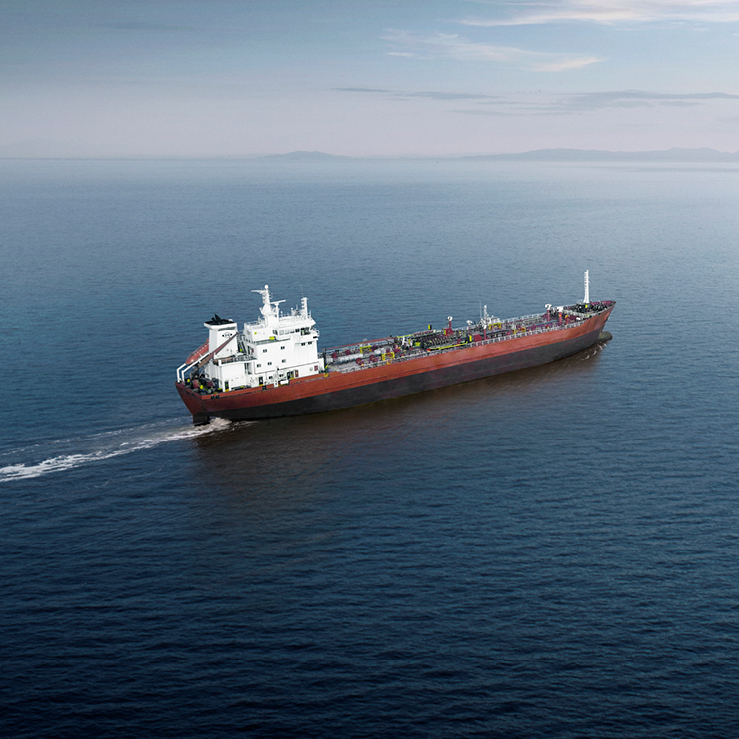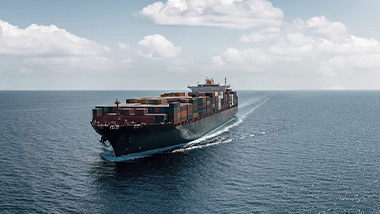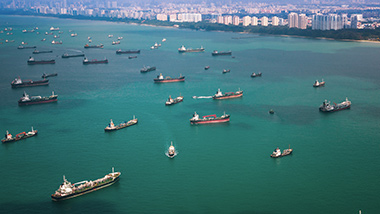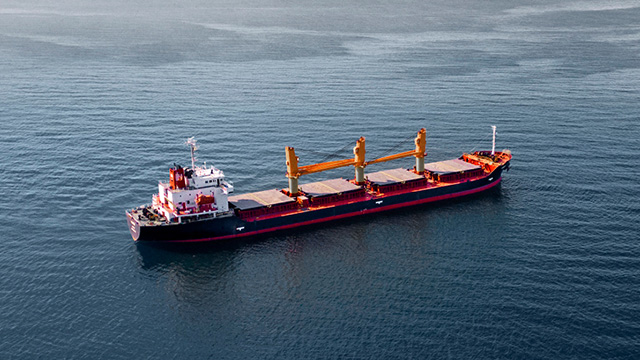Annex VI of MARPOL aims to prevent air pollution from ships by setting limits on the emission of sulphur oxides and nitrogen oxides, which are two of the main polluters from ship exhausts.
Annex VI of MARPOL - Prevention of Air Pollution from Ships - was added to the Convention in 1997 and entered into force in 2005. One of the key components in MARPOL Annex VI is a limit on the ship exhaust release of sulphur oxide (SOx) and nitrogen oxide (NOx), the two main ship-source pollutants.
MARPOL Annex VI establishes limits on:
• NOx emissions from marine diesel engines with a power output of more than 130 kW.
• The sulphur content of marine fuels.
Limiting the emission of SOx and NOx substantially improves air quality, particularly in densely populated coastal regions.
The limits on SOx content and NOx emissions vary depending on whether the ship is near specific coastal areas, also called Emission Control Areas (ECA) or in open waters.
The SOx content limit in SOx ECA’s is 0.10% [m/m] and 0.50% [m/m] in open waters.
NOx emission limits depend on the ship’s construction date and the engine’s maximum operating speed (n, rpm), as shown in the figure below. Tier I and Tier II limits are global, while the Tier III standards apply only in NOx ECAs.


